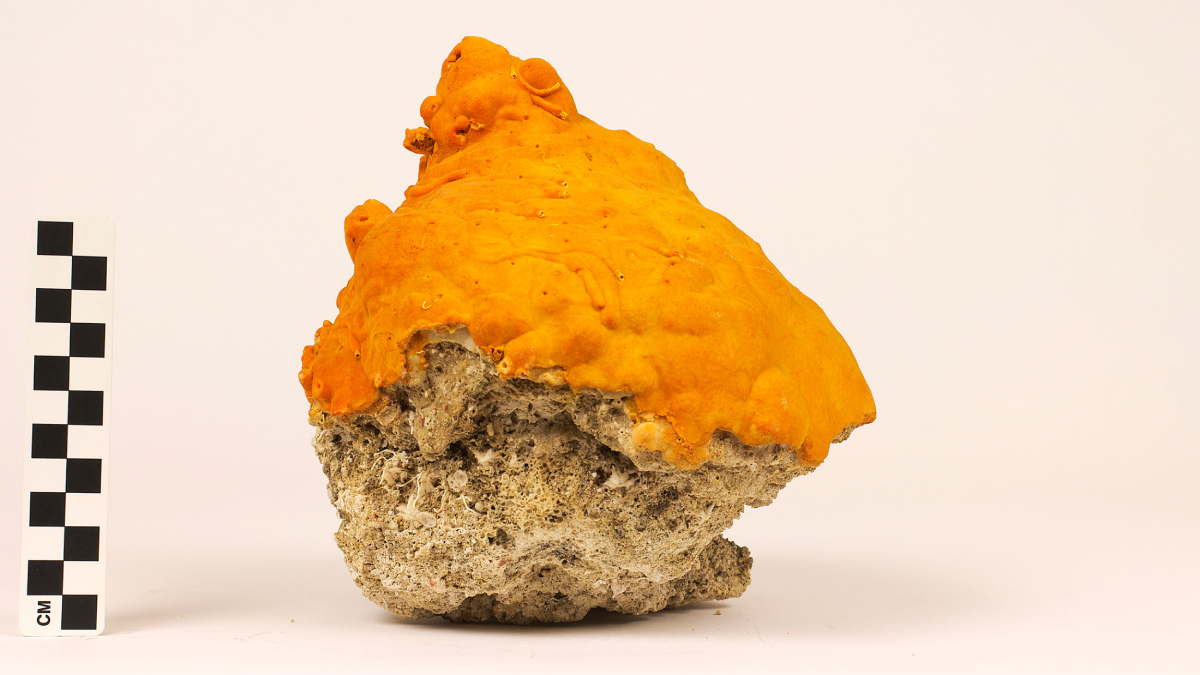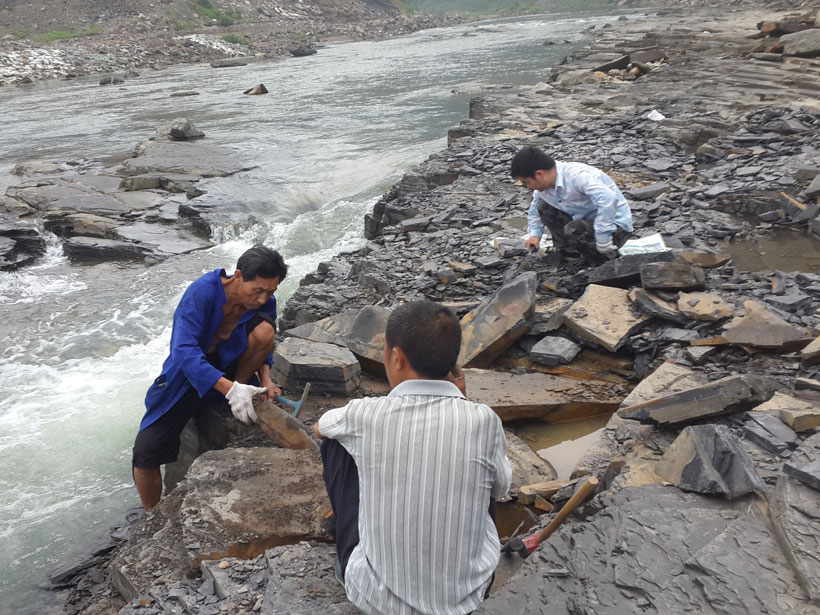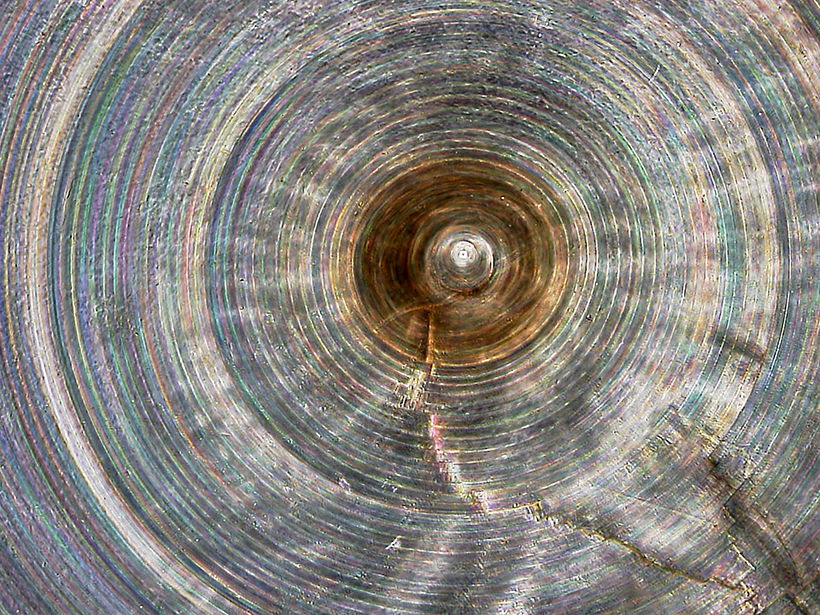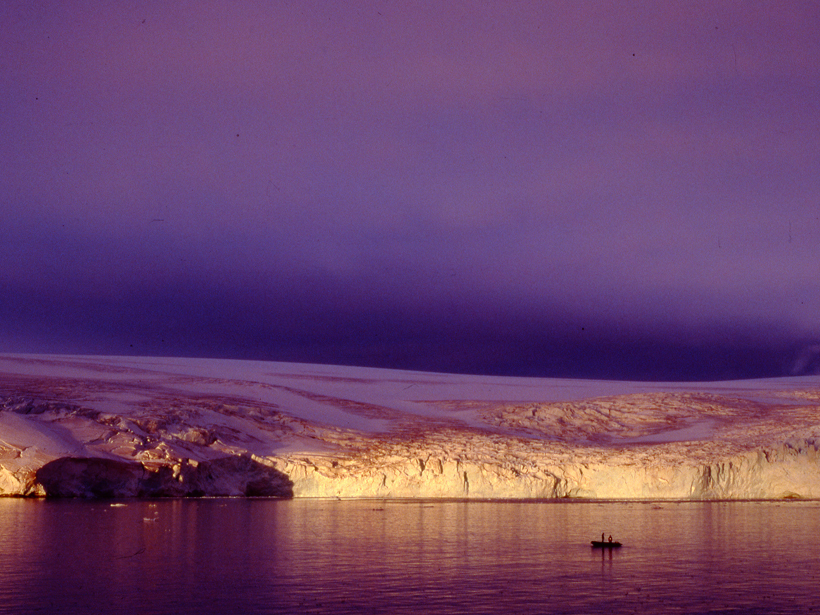The global warming clock started ticking decades earlier than current estimates assume, according to Caribbean sponges.
sponges
Posted inNews
Scientists Discover Pristine Collection of Soft-Tissue Fossils
The fossils include jellyfish, box jellies, branched algae, and sponges, which are underrepresented in or missing from other deposits.
Posted inResearch Spotlights
One of World’s Oldest Animals Records Ocean Climate Change
Researchers probe millennia-old deep-ocean sponges for links between ocean nutrients and climate.
Posted inNews
Antarctic Sediment Plume Disrupts Deep-Water Community
Increased sedimentation from a melting glacier inhibits filter feeders in an Antarctic fjord.




